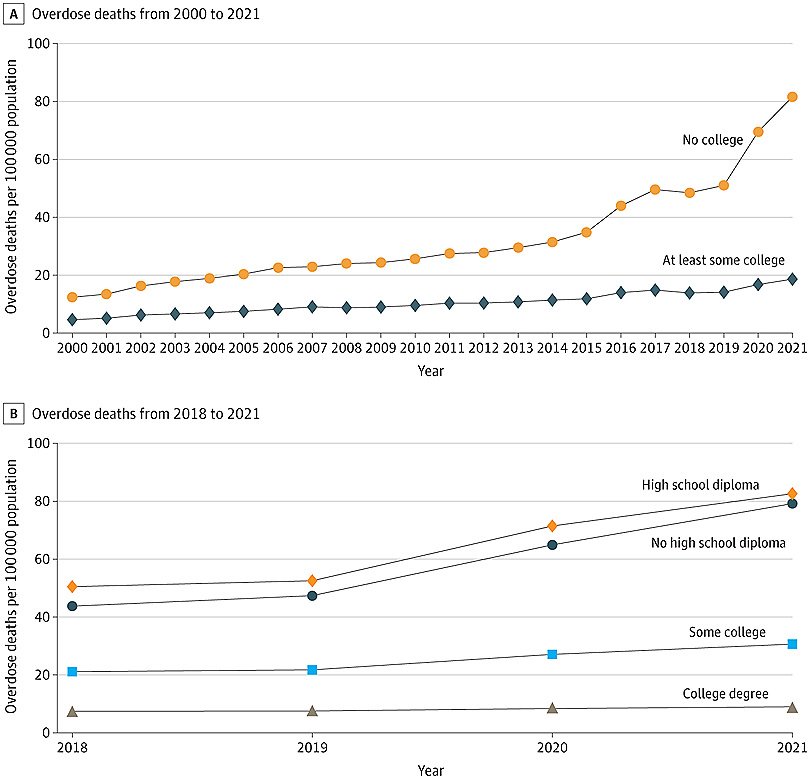Can Exercise Help Relieve Shoulder Pain?
/By Drs. Marc-Olivier Dubé, François Desmeules and Jean-Sébastien Roy
It is estimated that close to 70 per cent of the population will experience shoulder pain at some point in their lives.
This pain would not pose a problem if it disappeared as quickly as it appeared. Unfortunately, shoulder pain tends to persist over time. In half of patients, the pain lingers or reoccurs one year after its initial appearance. It can even persist for several years in some cases.
Approximately 70 per cent of shoulder pain episodes requiring consultation with a health-care provider can be identified as rotator cuff related shoulder pain. This refers to pain and loss of function in the shoulder, mainly during movements requiring the arm to be lifted. Although a number of effective options are available to patients, a third of them will not experience any significant improvement in their condition, regardless of the interventions used.
There are several possible reasons for this limited success. Exercise selection and some psychological and contextual characteristics specific to each individual have been identified as potential hypotheses.
As experts in the field of shoulder pain, we propose to shed light on the effectiveness of various interventions for the management of shoulder pain, and the role that some variables may play in the resolution of this pain.
Our research team therefore set out to find out:
Whether one type of exercise should be prioritized over another in the management of shoulder pain.
Whether the addition of exercises (the pet peeve of many people who consult a rehabilitation provider) lead to additional benefits compared with an intervention comprising only of education and advice to foster pain self-management.
Whether some psychological and contextual characteristics, such as participants’ expectations of the intervention effectiveness and pain self-efficacy, are associated with a better prognosis.
Pain self-efficacy is the level of confidence someone has in their ability to carry out their activities and achieve their goals despite pain.
What We Found
In our new study published in the British Journal of Sports Medicine, 123 people with shoulder pain lasting for more than three months were randomly assigned to one of three 12-week interventions:
Education
Education combined with motor control exercises
Education combined with strengthening exercises
Questionnaires were used to monitor changes in participants’ condition over time, particularly in terms of their pain and functional capacity.
Before the start of the intervention, we also used questionnaires to measure participants’ expectations of the effectiveness of the intervention they were about to receive, as well as their level of pain self-efficacy.
Education: Participants in this group received two sessions of education and advice with a physiotherapist. The information was about the shoulder and pain, and the advice included strategies for the self-management of their condition.
Participants were also told about the importance of being active and adopting a healthy lifestyle to optimize the management of persistent pain, including proper diet, hydration, stress management and sleep hygiene.
Finally, participants were asked to watch six short videos on these themes. Here’s one:
After viewing, they were asked to identify the aspects they felt were important and those that raised questions in order to discuss them with the physiotherapist.
Education combined with motor control exercises: Participants in this group completed a 12-week program that combined education with exercises.
The exercises included modifications in the way they performed their movements to enable them to move their arm with less pain. These modifications were integrated with exercises reproducing gestures involving the shoulder during daily activities.
Education combined with strengthening exercises: Participants in this group received the same education component, along with a shoulder muscle strengthening program to be performed daily for 12 weeks.
At the end of the study, participants in all three groups showed improvements in pain and function. However, the addition of exercises (motor control or strengthening) to the education intervention did not lead to additional benefits.
People recruited into the study whose symptoms were considered resolved following the 12-week intervention had more positive expectations regarding the effectiveness of their intervention and had higher levels of pain self-efficacy.
Key Takeaways
Adding strengthening or motor control exercises to an educational intervention did not result in additional benefits compared to an approach based solely on education and advice. For some people with persistent shoulder pain, education and advice focusing on pain self-management may be sufficient to promote symptom resolution.
Exercise, in any form, remains a highly relevant intervention for shoulder pain management, as well as for maintaining independence and optimizing long-term health.
Participants’ pain self-efficacy and expectations of the effectiveness of the intervention they receive may play a role in the prognosis of their shoulder pain.
When you’re experiencing shoulder pain, it can be beneficial to temporarily reduce certain activities that can aggravate your pain. However, it’s important not to delay gradually reintegrating these activities into your daily routine.
The presence of pain, especially when it persists over time, is not necessarily a sign that your condition is deteriorating. It could simply indicate that the gestures or activities performed exceed the shoulder’s current ability to tolerate the load imposed on it.
In any case, don’t hesitate to consult a health professional, such as a physiotherapist, who will be able to help you “shoulder” the responsibility of managing your condition.
Marc-Olivier Dubé, PhD, is a Physiotherapist and Postdoctoral researcher in rehabilitation at Laval University.
Francois Desmeules, PhD, is a professor in physiotherapy and musculoskeletal health, School of Rehabilitation, University of Montréal.
Jean-Sébastien Roy, PhD, is a professor at the School of Rehabilitation Sciences, Laval University.
This article originally appeared in The Conversation and is republished with permission.






